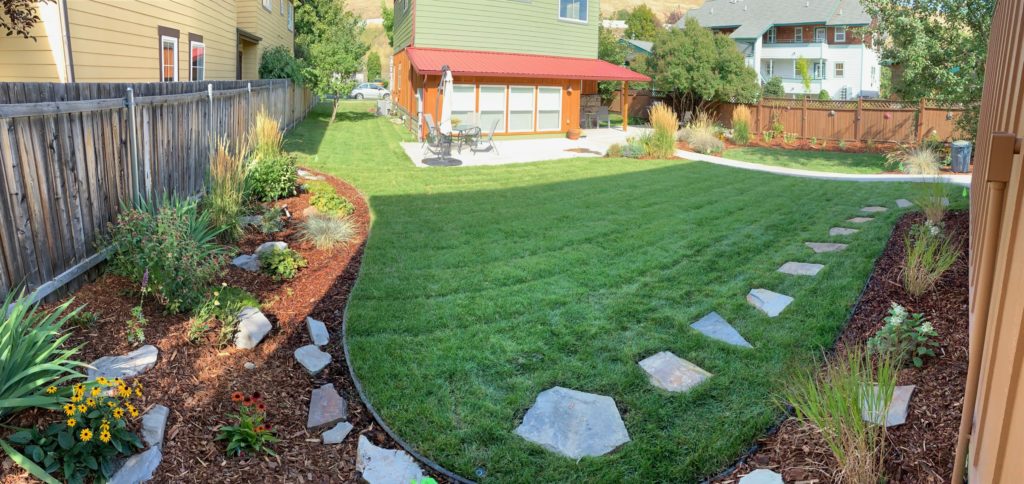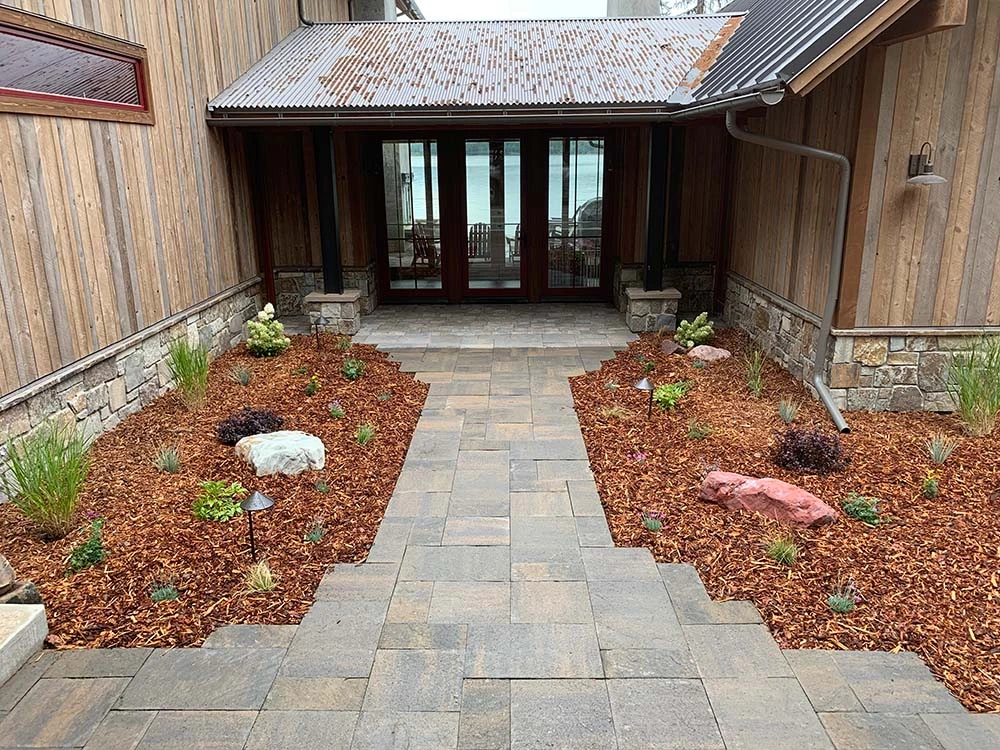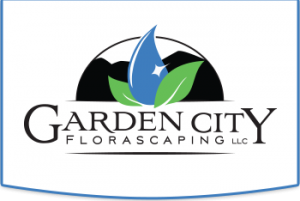
In the spring, the snow starts to melt, revealing the grass below. People begin to think once again yard work and the health of their lawn. Most people want to have a beautiful looking lawn while limiting the amount of maintenance required. One of the most effective ways to improve the health and beauty of your lawn is to apply a layer of quality compost.
How does compost benefit a lawn?
Compost is organic material that has been broken down naturally until it no longer resembles that which it was made from. It contains many of the nutrients, enzymes, minerals, vitamins which lawns need to grow thick and healthy. It also contains living organisms, which by digesting organic material, make minerals, gases , and plant nutrients into a form more readily absorbed and assimilated by the roots of lawn grasses.
Healthy soil, as it should be, can easily be seen in an established old growth forest. The soil in a forest is alive. The trees and shrubs of the forest continually drop leaves, branches, etc. to the forest floor. Insects and microorganisms then eat the material and cycle the nutrients back into a form that is easily used by the trees. Due to modern lawn care practices including the removal of lawn clipping and tree leaves, and the use synthetic fertilizers, pesticides, and herbicides, the soil in many people’s yards is lacking the rich microbial community that makes the soil in an established forest or meadow extremely healthy. When organic matter, nutrients, and microorganisms are added to a lawn by the addition of compost, the soil food web is revitalized and the lawn will begin to look better within weeks.
The microbes present in compost do more for the soil than just cycle nutrients. They make plants less susceptible to diseases such as mildew, rot, black spot, and mold. They reduce thatch buildup by eating dead grass and grass trimmings. Fungi secrete a substance which acts as a glue which binds together individual soil particles into clumps. This gives the soil structure which reduces compaction, assists drainage, and improves the water retention of the soil.

How can you tell if your soil is healthy?
Earthworms are a good indicator of a healthy soil food web. If a lawn has plenty of earthworms, it is most likely good quality soil. Earthworms are near the top of the food chain below the surface of the soil. They eat organic material as well as bacteria, fungi, and protozoa. Earthworms create tunnels as they move through the soil. These tunnels serve to aerate the soil, act as channels for water to penetrate below the surface and even provide plant roots with an easy pathway to spread and grow quickly. Earthworm castings are well known as a high quality fertilizer. Rather than of paying the high price of buying earthworm castings, simply add compost to a lawn, stop applying synthetic fertilizers and make the soil more habitable to these underground workhorses.
Weeds are often misunderstood. They are looked at as useless eyesores. However, they serve a purpose in the soil. They are sometimes referred to as pioneer plants as they are often the first plants which grow in dry areas, disturbed soils, burned areas, and in soils which have been compacted. Weeds generally grow in low quality soil and can serve as an indicator of missing nutrients or poor living conditions in the soil. For example, thistles generally appear in soil with very low moisture or compacted soil with poor drainage. Dandelions can be an indicator of low calcium in the soil or heavy clay soils. Weeds such as black medic and clovers indicate that the soil is nitrogen deficient. Bindweed grows typically in soils where nitrogen levels are very high, such as in lawns that have been repetitively treated with synthetic fertilizers. Bindweed can also indicate that there is a hard-pan situation in which, below the surface, there is a layer that the water cannot drain through easily. Many weeds have long tap roots can reach much deeper into the soil than grass roots can. Grass roots typically only occupy the top few inches of soil, whereas dandelions and other weed’s root systems can reach three feet or more beneath the surface. These deep root systems are capable of reaching nutrients and water that is out of the reach of grass roots. These nutrients are brought to the surface by the weeds and are deposited at the surface once the weed dies. By topdressing with compost, nutrients are added to the surface where lawn grasses can easily use them. When the grass has plenty of available nutrients near the surface, it grows more densely and can begin to drive out the weeds by out-competing them.
How is topdressing with compost superior to using synthetic chemical fertilizers?
Chemical fertilizer treatments seem to be the standard for lawn care these days. This is unfortunate because of the detrimental effect they have on the living organisms in the soil. They are salts which bypass the microbes part of the system and instead feed the plant roots directly. Aggressive synthetic fertilizer application creates a situation where the soil no longer holds the living organisms which create fertile topsoil and feed the lawn. This sets up a downward spiral in which more and more applications of synthetic fertilizers and more work are required because the soil has lost its ability to produce usable nutrients to keep grass green. Chemical fertilizers also cause soil pH to get more and more acidic, which will later require adjustment in order to keep grass looking healthy. Modern fertilizers also drive away earthworms which leads to ever increasing soil compaction and a decreased ability of the soil to absorb and retain moisture.
Healthy soil produces healthy plants. When one understands the benefits of having a healthy microbe population living in the soil, it becomes apparent that instead of feeding the lawn directly using artificially created fertilizers, that the soil itself should be fed by applying compost and other organic material. By mulching the grass when mowing instead of bagging the clippings and throwing them away, you return food to the soil. The same goes for dead leaves in the fall. Simply run a lawn mower over them a few times, breaking them down in place where they can be used as a food source for the soil food web. The nutrients will be made available to the plants once again and a healthy nutrient cycling loop will be set up to work the same way it does on a forest floor.
It is recommended to apply 50-100 pounds of compost per 1,000 square feet of lawn. This should be about a ¼ inch to a ½ inch layer over the surface of the lawn. Having a lawn plug aerated helps the compost get to the root layer quicker and makes the compost have an even quicker visible effect on the lawn’s health. By adding compost, life is added back into the soil. Feed the soil and enlist the help of trillions of healthy microorganisms. The healthier they are, the more work they do, resulting in less work on your part.
